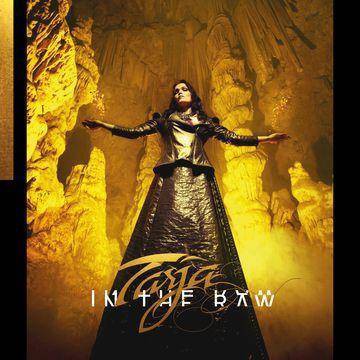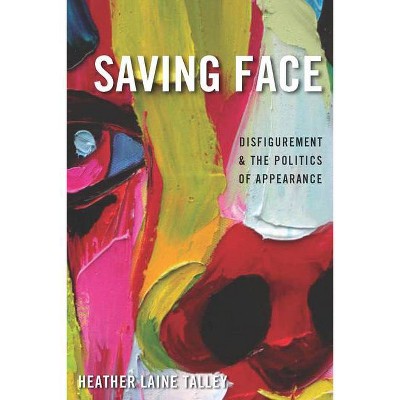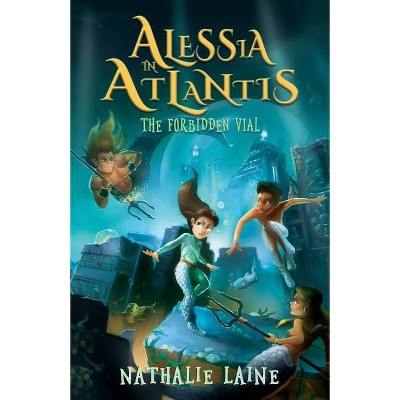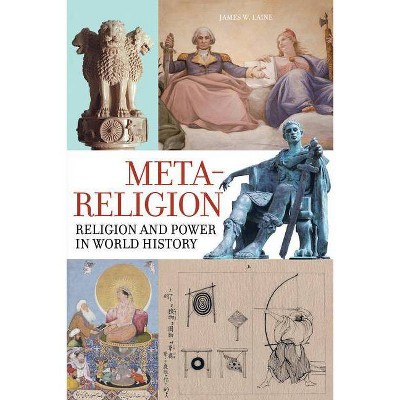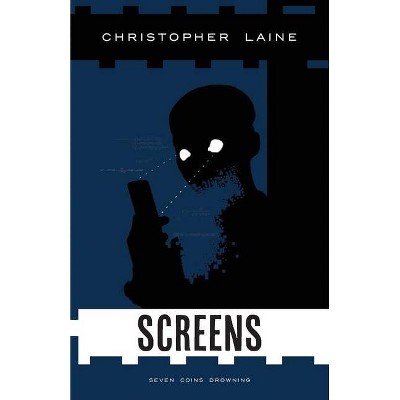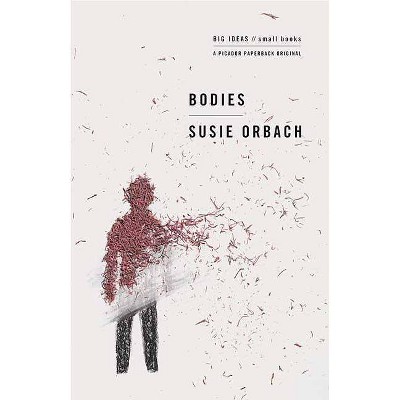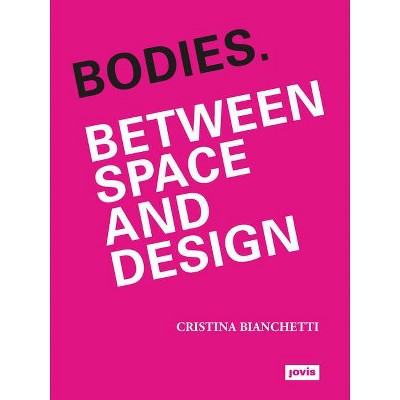Bodies in Pain - by Tarja Laine (Paperback)
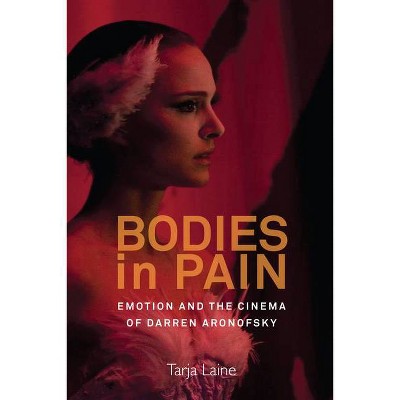
Similar Products
Products of same category from the store
AllProduct info
<p/><br></br><p><b> About the Book </b></p></br></br>The films of Darren Aronofsky invite emotional engagement by means of affective resonance between the film and the spectator's lived body. Aronofsky's films, which include a rich range of production from 'Requiem for a Dream' to 'Black Swan', are often considered cerebral because they explore topics like mathematics, madness, hallucinations, obsessions, social anxiety, addiction, psychosis, schizophrenia, and neuroscience. Yet this interest in intelligence and mental processes is deeply embedded in the operations of the body, shared with the spectator by means of a distinctively corporeal audiovisual style.<p/><br></br><p><b> Book Synopsis </b></p></br></br><p> The films of Darren Aronofsky invite emotional engagement by means of affective resonance between the film and the spectator's lived body. Aronofsky's films, which include a rich range of production from <em>Requiem for a Dream</em> to <em>Black Swan, </em>are often considered "cerebral" because they explore topics like mathematics, madness, hallucinations, obsessions, social anxiety, addiction, psychosis, schizophrenia, and neuroscience. Yet this interest in intelligence and mental processes is deeply embedded in the operations of the body, shared with the spectator by means of a distinctively corporeal audiovisual style. <em>Bodies in Pain</em> looks at how Aronofsky's films engage the spectator in an affective form of viewing that involves all the senses, ultimately engendering a process of (self) reflection through their emotional dynamics.</p><p/><br></br><p><b> Review Quotes </b></p></br></br><br><p> <em>"Moving beyond an overemphasis on graphic representational violence and sexuality, which has in many ways tautologically restrained theories of the new extremism, Laine successfully attempts to identify a series of specific aesthetic and ethical traits, by which a taxonomy of the extreme film may be more reliably and satisfactorily defined."</em> <strong>- Alphaville. Journal of Film & Screen Media</strong></p> <p> <em>"Laine's evocative, near-poetic style is refreshing after the former domination of strenuous cognitivist theory in the study of film emotion, and she offers plenty of empirical evidence to back up her claims. Surely such a sensory art form as cinema deserves to be seen (or felt) through an affective lens, and Laine makes an engaging and accessible yet thoroughly rigorous argument for doing so through her study of Aronofsky's work. </em>Bodies in Pain<em> is recommended for those interested in film phenomenology as well as the intersections of aestheticism, emotion, and philosophy in the cinema."</em> <strong>- Film-Philosophy</strong></p> <p> <em>"</em>Bodies in Pain <em>offers nuanced and persuasive interpretations of Darren Aronofsky's films, yet it is more than a study of an auteur director. Rather, Laine conceptualises film authorship as a co-creative process that involves the intentions and achievements of the filmmaker... [and] attributes to Aronofsky a distinctively corporeal audio-visual style that produces visceral, emotionally grueling responses in audience members, even as it invites thoughtful reflection on themes of obsession, delusion, and the fraught relationship between mind and body."</em> <strong>- Jane Stadler, </strong>the University of Queensland</p><br>
Price History
Price Archive shows prices from various stores, lets you see history and find the cheapest. There is no actual sale on the website. For all support, inquiry and suggestion messagescommunication@pricearchive.us

